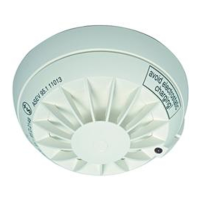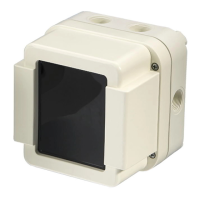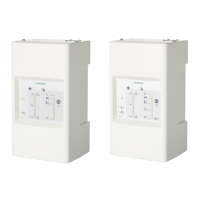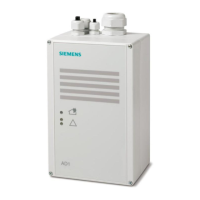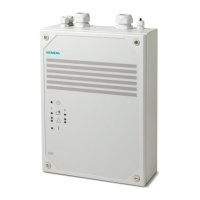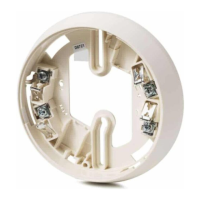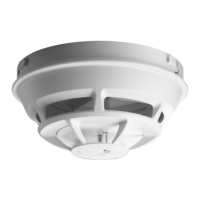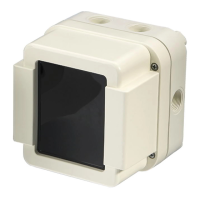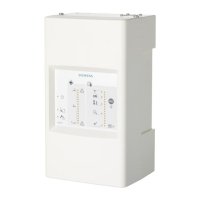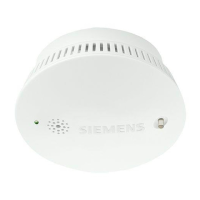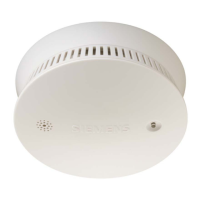Do you have a question about the Siemens Cerberus DOT1151A-Ex and is the answer not in the manual?
Key features of the detector for explosion-hazard areas, including homogeneous response and efficient signal processing.
Describes the detector's plastic housing, bayonet fitting base, and electronic circuitry protection.
Details various parameter sets for the detector, influencing sensitivity and response time in different conditions.
States that smoke sensitivity typically changes ±10% across the operating temperature range.
Mentions resistance to ambient light, air drafts, and temperature fluctuations depending on parameter sets.
Lists compatible fire detection systems, control units, and bases for the detector.
Explains that adjustments are remote, and parameter sets can be downloaded for specific applications.
Provides guidelines and recommendations for the detector's application and usage scenarios.
Details the wiring requirements for intrinsically safe fire detection lines, including shunt Zener diode barriers and external response indicators.
Describes the four event stages (danger levels) a detector can transmit to the control unit for monitoring.
Outlines the need for physical function tests, visual checks, and periodic overhaul intervals for the detector.
Key features of the detector for explosion-hazard areas, including homogeneous response and efficient signal processing.
Describes the detector's plastic housing, bayonet fitting base, and electronic circuitry protection.
Details various parameter sets for the detector, influencing sensitivity and response time in different conditions.
States that smoke sensitivity typically changes ±10% across the operating temperature range.
Mentions resistance to ambient light, air drafts, and temperature fluctuations depending on parameter sets.
Lists compatible fire detection systems, control units, and bases for the detector.
Explains that adjustments are remote, and parameter sets can be downloaded for specific applications.
Provides guidelines and recommendations for the detector's application and usage scenarios.
Details the wiring requirements for intrinsically safe fire detection lines, including shunt Zener diode barriers and external response indicators.
Describes the four event stages (danger levels) a detector can transmit to the control unit for monitoring.
Outlines the need for physical function tests, visual checks, and periodic overhaul intervals for the detector.
| Brand | Siemens |
|---|---|
| Model | Cerberus DOT1151A-Ex |
| Category | Smoke Alarm |
| Language | English |
